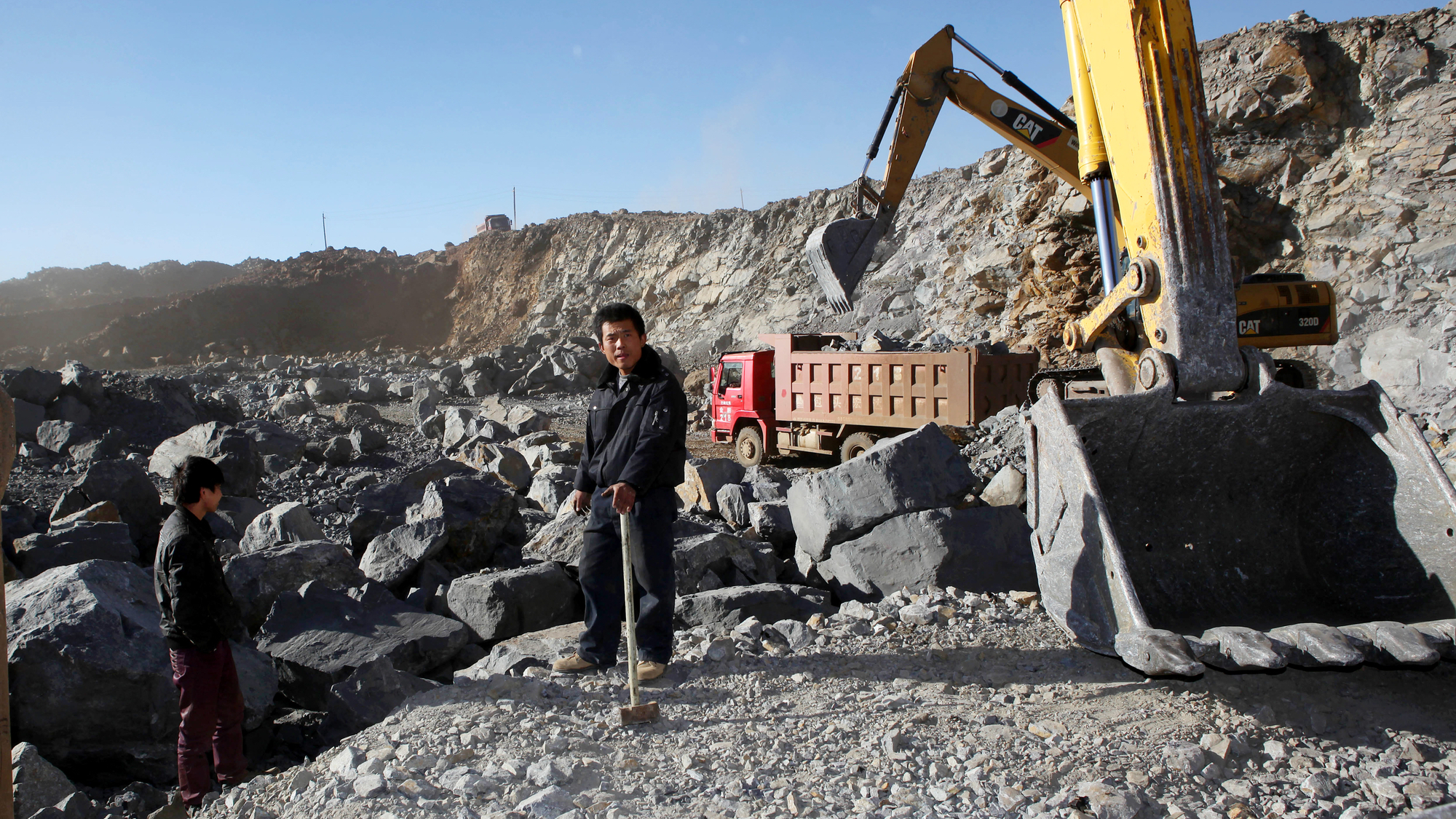

Niobium can be found in steel, particle accelerators, MRI machines, and rockets, but sourcing it is largely limited to a handful of countries including Brazil and Canada. Earlier this month, however, Chinese news outlets announced the discovery of a never-before-seen type of ore deposit in Inner Mongolia containing potentially vast amounts of the superconductive rare earth element. According to Antonio Castro Neto, a professor of electrical and computer engineering at the National University of Singapore speaking with the South China Morning Post, the new resource trove could even be so large that it would make China self-sufficient in its own niobium needs.
The ore found in Inner Mongolia—dubbed niobobaotite—also contains large quantities of barium, titanium, iron, and chlorine, according to a statement from China National Nuclear Corporation (CNNC) earlier this month.
Discovered in 1801, niobium is named after Tantalus’ daughter Niobe in Greek mythology due to its chemical relationship to tantalum. Almost 85-to-90 percent of all mined niobium in the world goes towards iron and steel processing production. Adding just 0.03-0.05 percent to steel, for example, can boost its strength by as much as 30 percent while adding virtually no extra weight. That prized performance enhancement is comparatively difficult to obtain, however. The element only occurs within the Earth’s crust at a proportion of roughly 20-parts-per-million.
[Related: New factory retrofit could reduce a steel plant’s carbon emissions by 90 percent.]
In addition to its many current uses, niobium is of particular interest to researchers hoping to further the development of niobium-graphene and niobium-lithium batteries. Lithium-ion batteries are currently the most widespread rechargeable power sources, but remain restricted in terms of charge times and lifespans, as well as safety concerns. Earlier this year, researchers working on improving niobium-graphene batteries estimated future iterations of the alternative could fully charge in less than 10 minutes alongside a 30 year lifespan—approximately 10 times longer than current lithium-ion options.
As promising as the discovery may be for China, labor concerns will almost undoubtedly be an issue for outside observers. The nation has a long and troubling history of exploitation within the mining industry. Rare earth mineral mining also generates a wide array of pollution issues.
Brazil is by far the world’s largest exporter of niobium, with Canada trailing far behind in second place. China currently needs to import about 95 percent of its niobium supplies, but the newfound deposits could dramatically shift their sourcing to almost complete independence. Meanwhile, the US is currently working towards opening the Elk Creek Critical Minerals Project in southern Nebraska, which when opened will be the country’s first niobium mining and processing facility.
